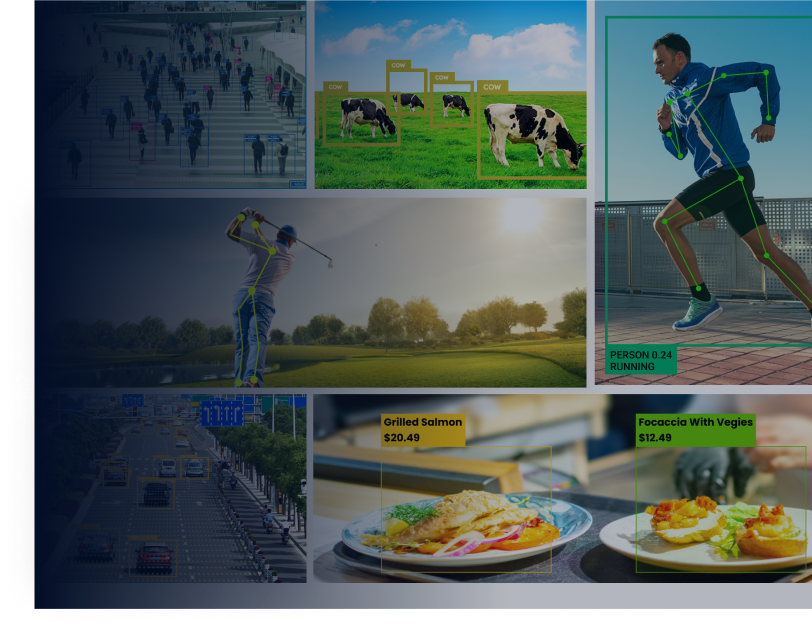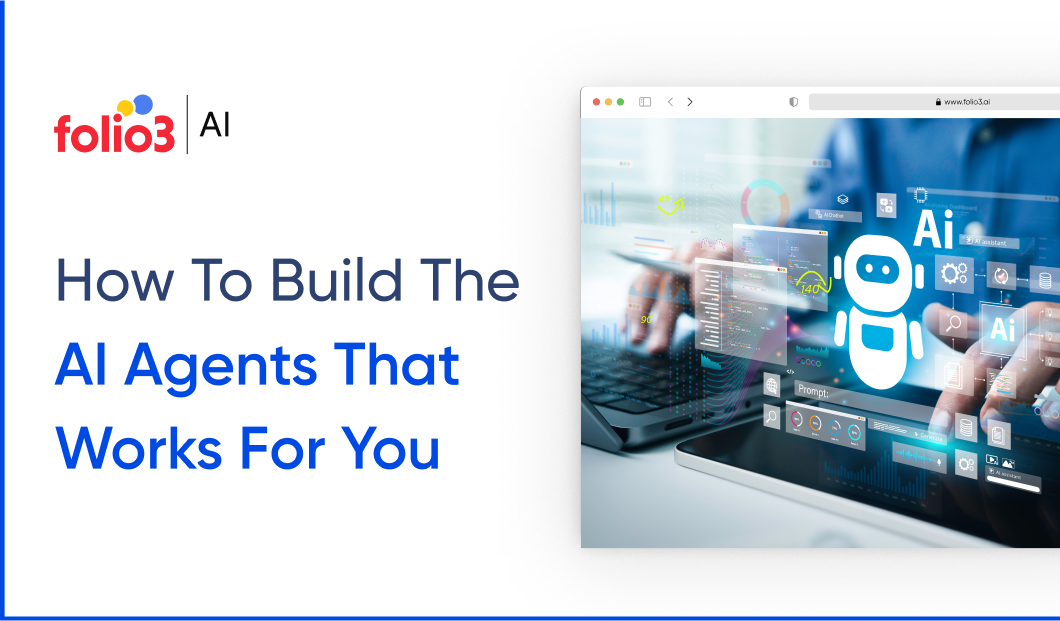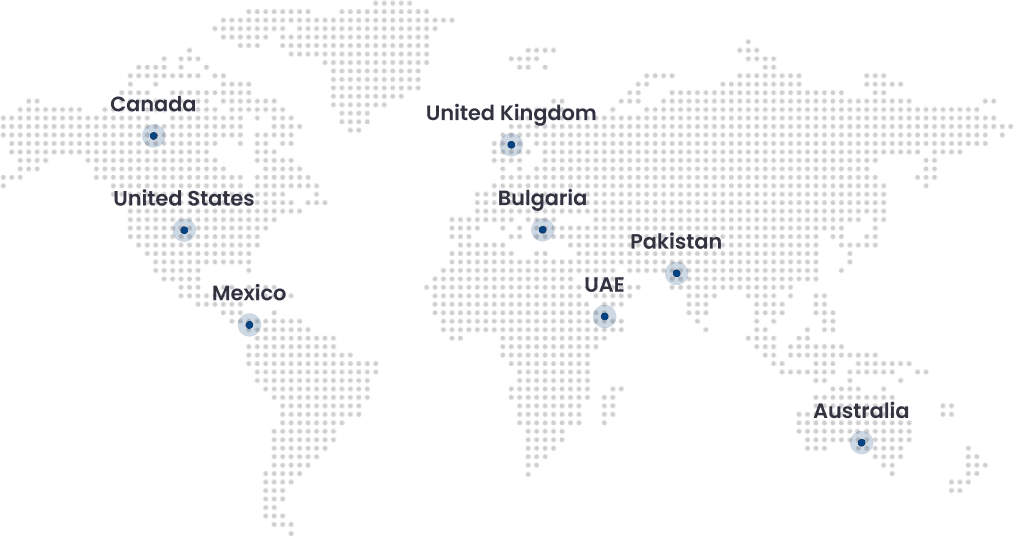With the recent proliferation of DeepSeek, the AI landscape has completely transformed. Millions of people use generative AI for various tasks, including content creation, coding, and data analysis. Many organizations and industries are integrating these large language models (LLMs) for critical operations.
Still, these models often rely on human intervention and cannot function independently. AI Agents are opposite to these models, built to operate autonomously. They are not just reactive tools, they actively assess their environment, process real-time data, and execute tasks meticulously.
Let’s take a closer look at AI agents with some key examples.
- Autonomous Vehicles: Autonomous vehicles, like Tesla’s Autopilot and Waymo, use AI agents to navigate roads, adapt to weather conditions, and ensure passenger safety without human input. These vehicles rely on model-based reflex agents that process real-time data from cameras and sensors to predict outcomes and make decisions, allowing them to handle various driving scenarios efficiently.
- Robotic Vacuum Cleaners (e.g., Roomba): Robotic vacuum cleaners like Roomba use goal-based AI to clean floors efficiently by detecting dirt and obstacles with sensors. They build an internal map of their surroundings, adjusting their path to avoid obstacles and ensure full coverage. This showcases how AI agents can automate repetitive tasks in real-world environments.
AI agents are transforming industries by taking full responsibility for tasks once handled by humans. They manage customer service, detect fraud in finance, assist in healthcare diagnostics, and power autonomous vehicles. Here, we will walk you through how to build an AI agent that fits your requirements. But let’s talk about what an AI Agent is?
What is an AI Agent?
AI Agent = Perception (Sensors) + Decision-Making (Logic/Algorithms) + Action (Actuators) + Goal Optimization
An AI agent is an autonomous entity that perceives its environment through sensors and acts upon that environment through actuators. It’s designed to achieve specific goals and can make decisions to maximize its chances of success. These agents can range from simple reflex agents to more complex, learning-based systems that use knowledge and reasoning to adapt to new situations. Organizations seeking to implement these solutions often turn to AI Agent Development Services, which provide the expertise and tools needed to design, deploy, and manage intelligent agents tailored to specific business or operational needs.
How Many AI Agents Are There?
There are generally seven types of AI agents recognized in the field of artificial intelligence:
- Simple Reflex Agents: These agents operate based on predefined rules and respond to immediate environmental changes without considering past or future implications.
- Model-Based Reflex Agents: These agents build an internal model of their environment to make decisions, evaluating probable outcomes before acting.
- Goal-Based Agents: These agents use information from their environment to achieve specific goals, often employing search algorithms to find the most efficient path.
- Utility-Based Agents: These agents choose actions that maximize a utility function, representing outcomes’ desirability.
- Learning Agents: These agents continuously learn from their experiences to improve their performance over time, adapting to new situations and environments.
- Hierarchical Agents: These are organized groups of agents arranged in tiers, where higher-level agents break down complex tasks into smaller ones for lower-level agents to execute.
- Multi-Agent Systems (MAS): These involve multiple AI agents interacting with each other to achieve common or individual goals, often used in complex environments.
How to Build the AI Agent That Works for You
Building an AI agent involves a series of methodical steps, each crucial to developing a functional and efficient system. Here’s a comprehensive guide:
1. Define the Agent’s Purpose and Scope
Begin by clearly articulating what you want the AI agent to accomplish. This involves specifying the tasks it will perform, the problems it aims to solve, and the environment in which it will operate. A well-defined purpose guides the development process and ensures alignment with user needs.
2. Assemble the Development Team
Form a team with diverse expertise, including machine learning engineers, data scientists, software developers, and domain experts. Each member contributes unique skills essential for different stages of development.
3. Collect and Prepare Training Data
Gather relevant data that reflects the scenarios your AI agent will encounter. This data can be structured (e.g., databases) or unstructured (e.g., text, images). Ensure the data is cleaned and annotated appropriately to enhance the model’s learning process.
4. Select the Appropriate AI Technologies and Tools
Choose the machine learning models and frameworks that best suit your agent’s objectives. Options range from traditional algorithms to advanced neural networks. Consider factors like computational resources, scalability, and community support when selecting tools.
5. Design and Develop the AI Agent
Architect the system by integrating various components such as data processing modules, learning algorithms, and user interfaces. Implement the chosen models and ensure seamless interaction between components. Adopt best coding practices to maintain code quality and facilitate future updates.
6. Train and Fine-Tune the Model
Utilize the prepared data to train your AI models. Monitor performance metrics and adjust hyperparameters to optimize results. Iterative testing and validation help in refining the model’s accuracy and generalization capabilities.
7. Integrate with External Systems
Ensure your AI agent can interact with necessary external systems, such as databases, APIs, or cloud services. This integration enables the agent to access real-time data and perform actions within its operational environment.
8. Test and Evaluate
Conduct thorough testing to assess the agent’s performance under various conditions. Evaluate metrics like accuracy, response time, and user satisfaction. Gather feedback to identify areas for improvement and ensure the agent meets the desired standards.
9. Deploy and Monitor
Deploy the AI agent in its intended environment, whether it’s a web application, mobile app, or embedded system. Continuously monitor its performance to detect and address any issues promptly. Regular updates and maintenance are vital to adapt to changing requirements and environments.
Future Trends and Innovations in AI Agents
Artificial Intelligence (AI) agents are rapidly evolving, poised to change various sectors through enhanced autonomy and intelligence. Key trends and innovations shaping the future of AI agents include:
1. Emergence of Agentic AI
Agentic AI refers to systems capable of making autonomous decisions without explicit user prompts. Amazon Web Services (AWS) has established a dedicated group focused on agentic AI, aiming to automate tasks and enhance user experiences.
2. Integration of Multimodal Capabilities
Future AI agents are expected to process and interpret multiple data types—such as text, images, and speech—simultaneously. This multimodal functionality enables more natural and efficient interactions, allowing AI agents to understand and respond to complex inputs.
3. Adoption of Multi-Agent Systems
The shift towards multi-agent systems involves deploying multiple AI agents that collaborate to solve complex problems across various business disciplines. In 2025, these systems are anticipated to move beyond single-agent applications, tackling high-impact challenges like building comprehensive sales or marketing campaigns.
4. Expansion into Specialized Industries
AI agents are increasingly tailored to meet the unique demands of specific industries. In manufacturing, for instance, AI agents are transforming operations by enabling near-autonomous systems, boosting productivity, facilitating real-time decision-making, and redefining human-machine collaboration.
5. Rise of Open-Source AI Initiatives
The open-source movement is democratizing AI development, allowing organizations to build upon existing frameworks and models. This trend accelerates innovation and reduces development costs, making advanced AI capabilities more accessible.
6. Focus on Compliance and Ethical AI
As AI agents become more autonomous, ensuring compliance with ethical standards and regulations is paramount. Implementing robust compliance measures is crucial for healthy AI adoption, fostering trust and mitigating potential risks associated with autonomous decision-making
Final words
The future of AI agents is shaping up to be more autonomous, collaborative, and industry-specific, driven by advancements in agentic AI, multimodal capabilities, and ethical compliance. As businesses integrate AI agents into their workflows, staying ahead of these trends will be crucial for maintaining a competitive edge. By leveraging open-source innovations, refining decision-making models, and ensuring ethical AI practices, organizations can fully optimize and function with AI agents while fostering trust and efficiency.

Manahil Samuel holds a Bachelor’s in Computer Science and has worked on artificial intelligence and computer vision She skillfully combines her technical expertise with digital marketing strategies, utilizing AI-driven insights for precise and impactful content. Her work embodies a distinctive fusion of technology and storytelling, exemplifying her keen grasp of contemporary AI market standards.









